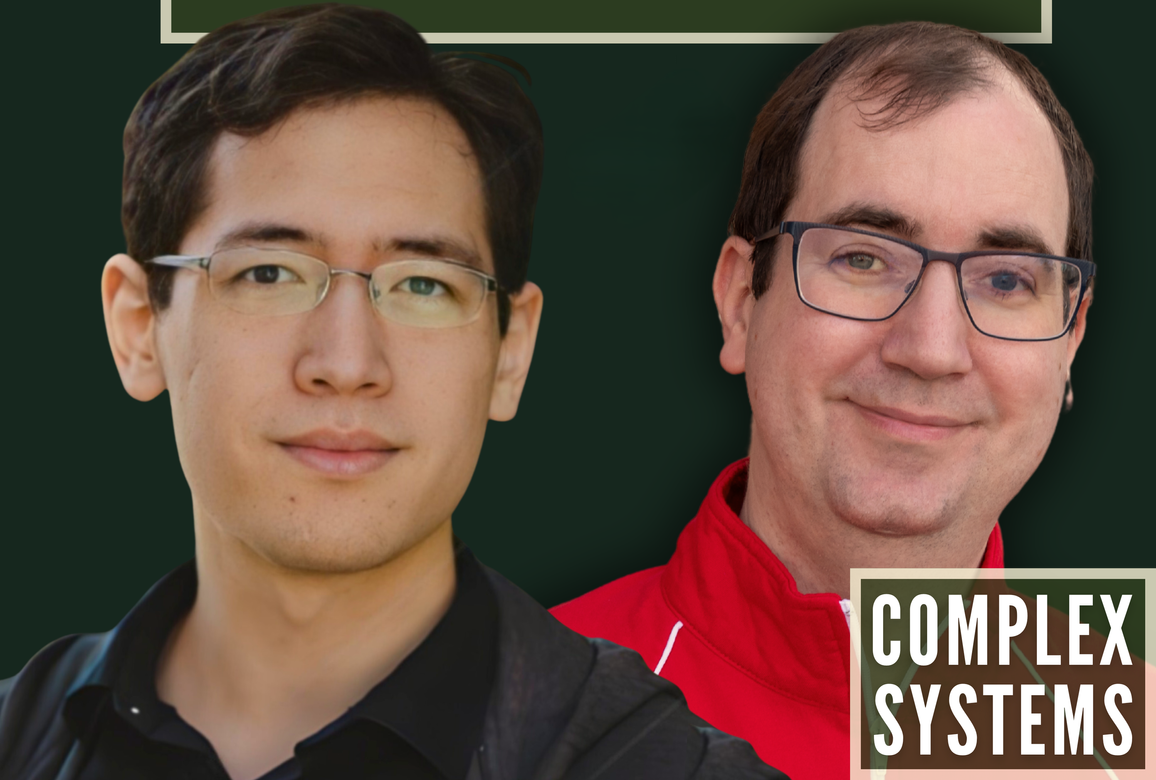The FDA on Fluvoxamine, round 1
Yesterday, the US FDA responded to a submission for Emergency Use Authorization (that was submitted 146 days earlier) for use of fluvoxamine "for the outpatient treatment of adults 24 years and older...to prevent progression to severe COVID-19 and/or hospitalization" (p. 2).
The FDA's conclusion is:
Due to limitations in the available clinical study results for fluvoxamine in the proposed patient population, lack of compelling in vitro and in vivo data to support the proposed [mechanism of action] of fluvoxamine for the treatment of mild COVID-19 disease, and context of increasingly available therapies with well-characterized [mechanisms of action] and consistent efficacy results in nonhospitalized patients, the FDA cannot reasonably conclude that fluvoxamine may be effective for the treatment of COVID-19. As such, FDA has determined that the criteria for issuance of an EUA are not met at this time.
While the FDA has concluded that the existing clinical data are insufficient to support the issuance of an EUA, these data suggest that further clinical investigation may be warranted. (p. 24, emphasis mine)
Personally, I'm disappointed. I've supported the fluvoxamine trials with my personal dollars, and directed more funding from the FTX Foundation to the same trialists for other drug trials (which I remain very, very excited about). But the most productive thing to do with that disappointment is to dig in to the FDA's reasoning in their decision, and decide what's to be done next regarding fluvoxamine.
Important note: This post isn't speaking for the FTX Foundation, the TOGETHER Trial team, the fluvoxamine EUA application team, or anyone but myself in my personal capacity. The FTX Foundation has funded the TOGETHER Trial and committed to additional



